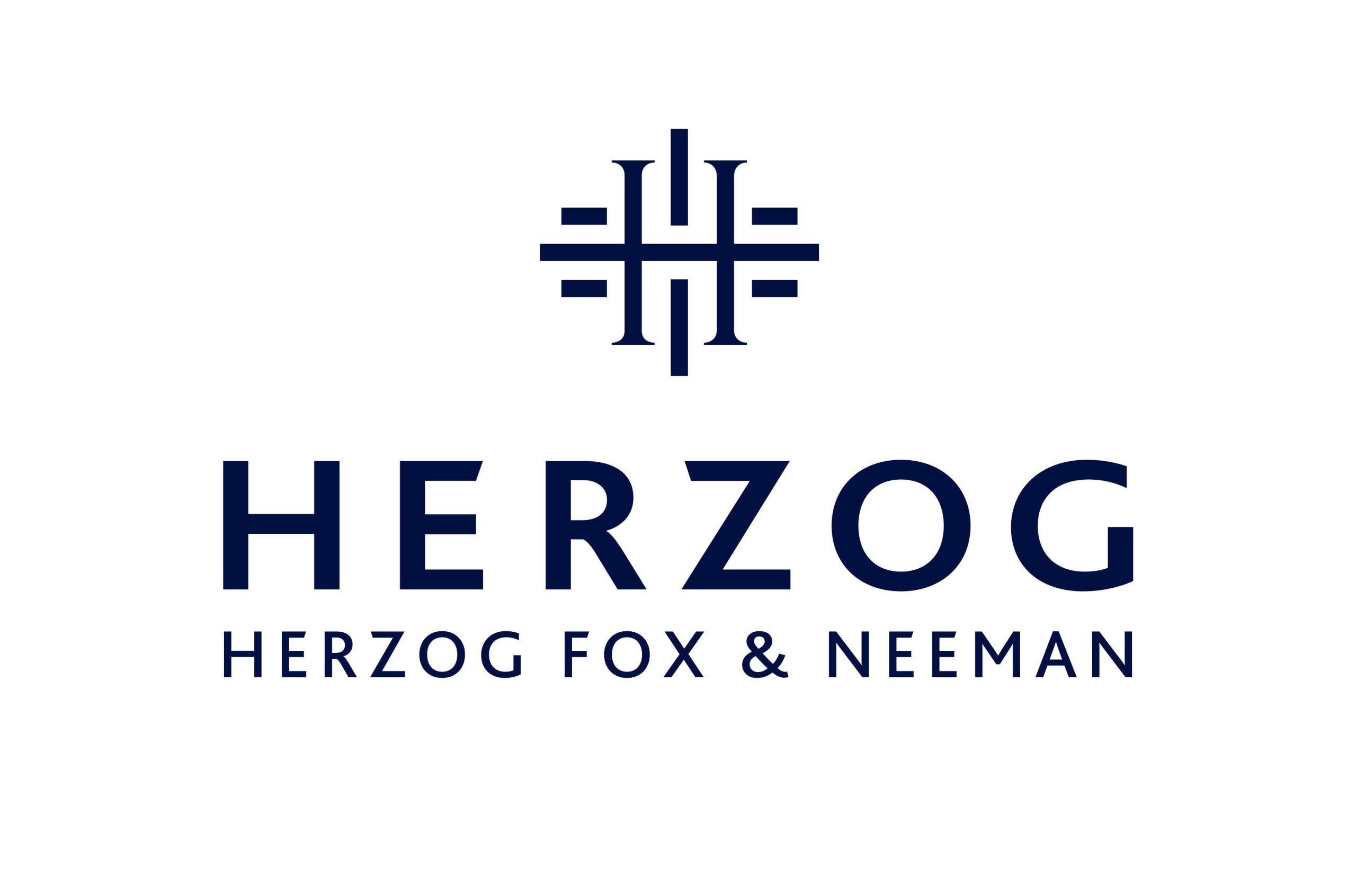Killer Acquisitions and Exit Strategies
20 December 2020
This week, it was published that the US Federal Trade Commission and some of the American states are preparing antitrust charges against Facebook over the acquisitions of WhatsApp and Instagram. This is part of a trend marked by a tougher approach by American authorities towards big-tech companies. It is commonly assumed that this trend will be intensified by the election of Mr. Joe Biden as the next president of the USA.
The expected charges involve what the industry has termed killer acquisitions. A large company identifies a potential competitor, still in early stages, and acquires them at that point, when the activity of the potential competitor is small, and well below the merger reporting thresholds for most countries.
Competition authorities have two strategies of combatting killer acquisitions: by changing the merger control reporting thresholds and reviewing them in advance, or by retrospectively challenging these transactions in court as harmful to competition. The latter course is not available in some countries. In Israel, for example, mergers below the thresholds are per se legal and cannot be challenged. In the USA, they can be challenged, even ex post, hence the abovementioned Facebook cases.
In June 2020, the OECD held a virtual roundtable on killer acquisitions. Following a market study on the subject, the Israeli Competition Authority (ICA) submitted a note to the roundtable sharing the interim results of its research. The ICA suggests an interesting matrix to quickly and efficiently classify mergers, taking into account not only importance of an accurate review, but also the vital need to approve the benign transactions quickly and without bureaucratic delay.
The ICA’s suggested matrix classifies mergers as “green” (same treatment as brick and mortar transactions) and “yellow” (warranting special attention considering the attributes of digital markets). The matrix is based on the specific combination of product characteristics and the acquisition motive: acqui-hiring (acquiring the company to hire the team), obtaining novel technology and accessing the acquired company’s data and information. For example, acquisitions by large platforms aimed at obtaining consumer data and information will usually raise concerns. But such acquisitions will be classified as “green” when the acquired start-up’s product was designed to operate exclusively on the acquiring platform.
As mentioned, the ICA is not the only authority currently looking into “killer acquisitions”. We believe that, in the future, Israeli start-ups will have to pay more attention to antitrust considerations when designing their exit strategy and timing, especially if the start-up’s aim is to be sold to one of the internet giants.





